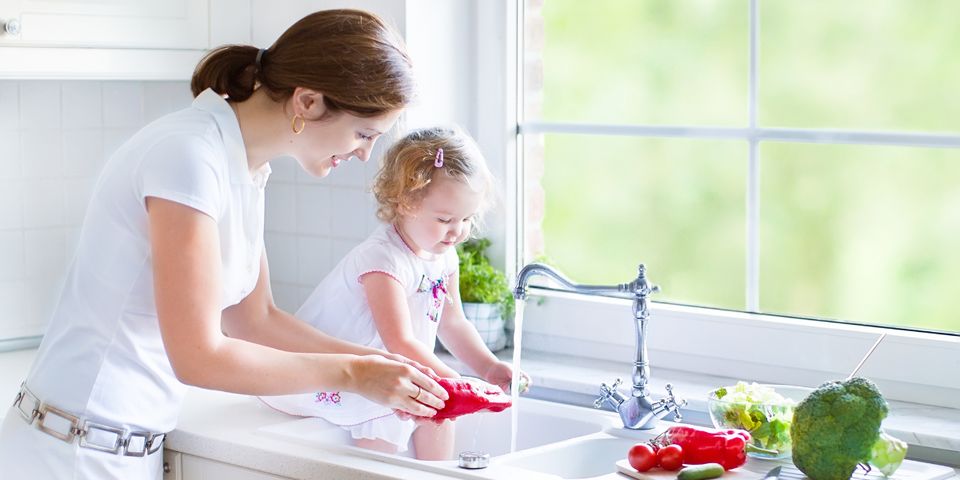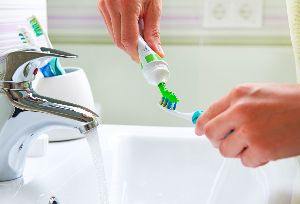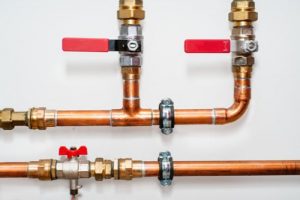Tips on Planning the Rough Plumbing In Your Home Renovation
Tips on Planning the Rough Plumbing In Your Home Renovation
Planning ahead is a wise move in any home improvement. When plumbing is concerned, planning becomes a necessity. Whether you’re at the budgeting stage or are trying to compile an accurate material list for a DIY plumbing project, planning out the rough plumbing is an important step.
You’ll need to make some decisions on the type of materials used, the location of various elements in the system, and the basic layout of the plumbing itself. If you’re putting in most or all of the system yourself this plan will be an essential tool. And even if you are hiring a professional plumber to come in you can use the plan to supervise more effectively.
How to Make Good Material Decisions
It’s still up for debate between plumbers and others in the industry, but in general, the newer plastic designs within your supply plumbing do not measure up to the quality seen in copper plumbing. Remember though that copper pipes need to be soldered together during installation. Often in DIY projects, this could pose a difficulty, but if you have hired a pro copper plumbing won’t be a problem at all.
PEX is another choice in supply lines. This composite-type product offers decent durability and can be attached without the need to solder. Plumbers and home handymen alike are opting for PEX products in their home plumbing.
For the drainage and vent pipes, your only choice should be ABS, which is a rigid plastic that requires special glue for all attachments. Make a note of where your ABS venting is and avoid hanging shelving and pictures in those locations, so as not to puncture the plumbing and release noxious gases into the house.
Cover the Three Elements For Today and In the Future
There are three main components of your plumbing system: water supply, drainage, and venting. Draw out a rough plan showing each of these three elements and don’t forget to include them for future plans of expansion.
If you will be in need of another bathroom or should be replacing your standard tub shower with something a little more luxurious, be sure the rough plumbing will account for it. The size and location of each pipe in the plan should take all of the eventualities into play.
Plan for a Water Inlet System

Engineering and design play a major role in plumbing. To provide the optimum performance and safety in your home, turn to the specifications required in the local building code. It may be that air chambers are needed at each fixture. This is generally a 10 to the 12-inch chamber that extends above the fixture. It is simply covered with a plug cap but serves as a way to eliminate water hammering. This condition is usually a result of variations in pressure as the taps open and close and an air inlet chamber is the best way to get rid of that.
A design for your rough plumbing will come in handy during many stages of a major home improvement project. If you are tackling the plumbing yourself a detailed design will help you have a better material list. If you’re bringing in the pros this sketch of the supply, drainage, and venting pipes will give you a good idea of what’s happening and can help you to be a better and more satisfied customer. Either way, a design of your rough plumbing is well worth the time and effort.
Posted by: Diana





